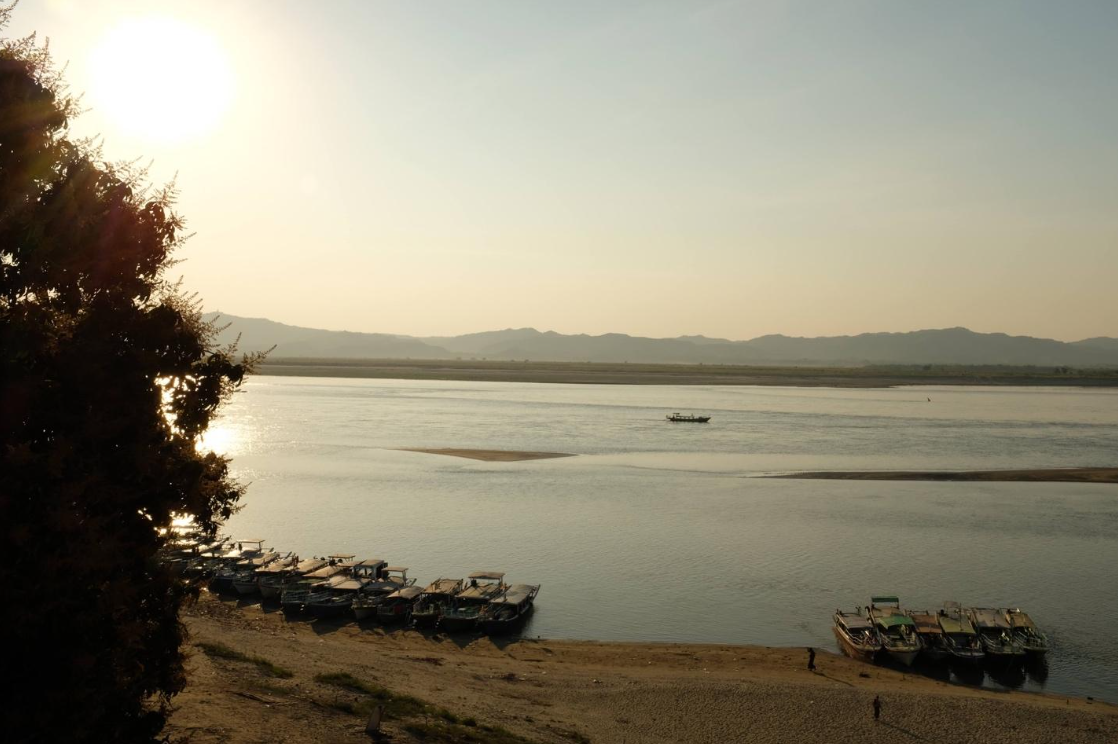Saving Irrawaddy
Contributor
100 • Cycles
In Myanmar, nature and communities rely on the mighty Irrawaddy River, the cradle of Burmese civilization and a major water resource that supplies the rainforests with water to thrive. Originating from the snow-capped Himalayas through the intersection of Mali Hka and N’mai Hka rivers, the Irrawaddy flows from North to South of the country before draining through the Irrawaddy Delta into the Indian Ocean. Throughout history, the Irrawaddy has shaped irrigation networks and settlement patterns of early Burmese kingdoms, resulting in economic development, food security, and a strong base for the campaigns of conquest which dominated most of mainland Southeast Asia. Environmentally, it serves a multitude of functions: transporting sands and silts rich in metals and minerals such iron, magnesium, and phosphorous from incremental erosion of rocks in the Himalayas by glaciers and water within Irrawaddy, and creating sediment deposition for fertility for forests downstream in Bago Yoma and Rakhine Yoma. In addition, it purifies water, maintains the salinity balances that support river estuaries, provide nutrients to fish habitats, and completes spawning rhythms for many river-based species.
After the military coup in 2021, this delicate ecosystem, which took thousands of years to evolve, was jeopardized by the military regime, which hinted at the possible resumption of the Chinese-funded Myitsone Dam Project, suspended since 2011, at the confluence of Mali Hka and N’mai Hka rivers. From a historical-political framework, the problem begins with the precept among governmental ideology and civil discourse that freshwater and the wildlife in its ecosystems are resources that should be harnessed and dominated for economic growth. Since ecosystem vitality is not involved in this type of thinking, this is detrimental to the health of river ecology and limits the importance of a balanced ecology to a minimum in a decision-making body. In the past, this approach worked for the economy as irrigation networks, hydropower projects, and other human uses did not significantly impact the ecosystem, since the mighty Irrawaddy was sufficient to maintain natural ecosystem functions to a reasonable degree. However, as population and consumption rates rise, human pressure on water systems increases, and ecosystems within Irrawaddy decline almost alarmingly.
There is a saying in Buddhism: Thoughts are more important than words and actions. The thought of the act is more sinful than the action itself. Before words and actions, there needs to be a shift in the water management mindset from considering nature as something to be dominated, to forming a symbiotic relationship between human and nature. After all, it should be apparent that economic development relies on what nature provides, and these “free” services should not be taken for granted. Symbiosis means a balance is to be achieved as limiting river alterations should not be a barrier to economic advancement, but a necessary element for sustainable development. Through managing the Irrawaddy hydrologic cycle accurately and allocating ecosystem services carefully by specifying the quality, quantity, and timing of flows needed to protect the health and function of Irrawaddy from river heads to delta, building dams for economic development should not necessarily be violent and disruptive. Instead, they should be based on natural river systems’ high and low flow patterns over time that contribute ecological services to watersheds and settlements downstream, and not switched on and off like a shower. Restricting further manipulation of natural water flows should also be achieved once a certain threshold is reached for economic development. The goal is to find the balance to prevent over-exploitation and ecological damage for economic growth.
Translating this shift into tangible policies in a dictatorial regime like Myanmar is daunting and immensely bleak. The challenge of balancing ecological sustainability and economic development will require concerted efforts between religious leaders, environmentally conscious scientists, and a decision-making body that understands the importance of bringing balance and coexisting harmoniously with nature to set a defined strategy and implement actions to save the mighty Irrawaddy.
